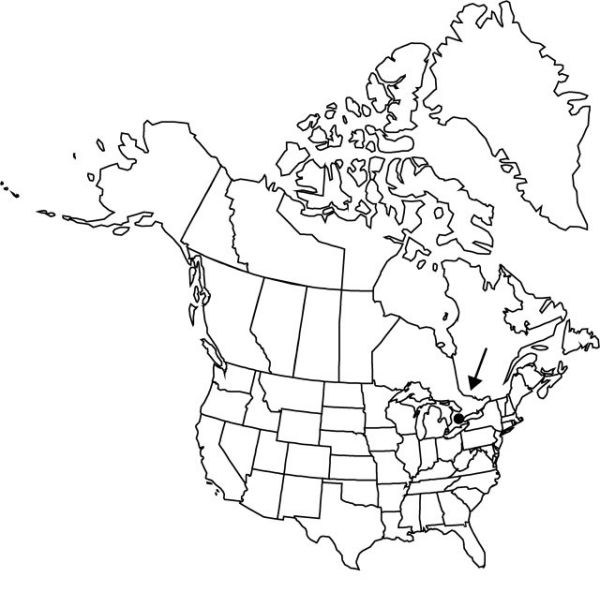Listera ovata
in W. Aiton and W. T. Aiton, Hortus Kew. 5: 201. 1813.
Plants 20–60 cm. Stem green, stout, succulent, glabrous. Leaves: blade yellow-green to green, ovate-elliptic, 10–17 × 10–12 cm, apex acute. Inflorescences 10–100-flowered, lax to dense, 10–50 cm; floral bracts lanceolate, 3 × 1 mm; peduncle and rachis glandular-pubescent. Flowers yellowish green; pedicels stout, 3–4 mm, slightly glandular-pubescent; sepals and petals projecting forward, connivent, forming hood over column; dorsal sepal ovate, concave, 5–6 × 2–3 mm, apex obtuse; lateral sepals ovate, concave, falcate, 4 × 2–3 mm, apex obtuse; petals linear, concave, 4 × 1 mm, apex obtuse; lip acutely deflexed near base, sessile, linear, apical 1/2 expanded, cleft into bluntly rounded lobes separated by tooth in sinus; disc with longitudinal thickened ridge leading to deflection, 8–10 × 4 mm; column short, 2 × 1.5 mm. Capsules semierect, ellipsoid, 10 × 6 mm. 2n = 32, 34, 35, 36, 37, 38, 40, 42.
Phenology: Flowering late Jun–Jul.
Habitat: Moist rich humus, or in disturbed areas
Elevation: 700–800 m
Distribution

Introduced; Ont., Eurasia.
Discussion
Listera ovata is a large, robust, aggressive, and exceedingly common orchid weed found in many kinds of habitat throughout Europe into Siberia and India. It may have the potential to become a weedy orchid in North America just as Epipactis helleborine. Listera ovata was used by Charles Darwin in his investigation and description of the method of cross-fertilization in the genus Listera.
Selected References
None.